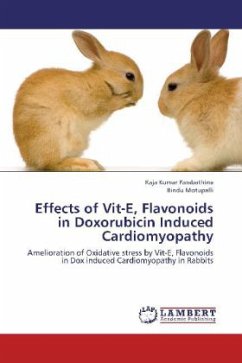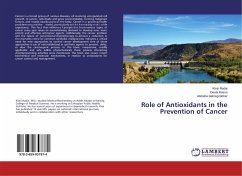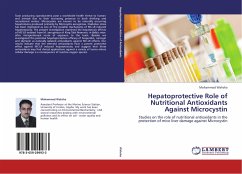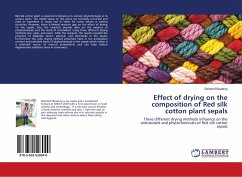There is strong evidence that free radical production in coronary artery disease patients plays an important pathophysiological role. Antioxidants play a vital role in preventing oxidative stress and free radical production. Indirect evidence of the effects of free radicals in coronary artery disease status may be obtained by comparing antioxidant concentrations, because serious damage by free radicals implies insufficiency of the body's multilevel defense systems against free radicals.The present study suggests that estimation of serum vitamin C, ceruloplasmin and PON1 activity may be used as an indirect evidence of oxidative stress induced atherosclerosis in coronary artery disease. Serum antioxidant activity may be an important factor in providing protection from oxidative stress in coronary artery disease. Thus evaluating the effects of vitamin C, ceruloplasmin and PON1 activity in CAD patients may be promising in the diagnosis and treatment of CAD.
Bitte wählen Sie Ihr Anliegen aus.
Rechnungen
Retourenschein anfordern
Bestellstatus
Storno








